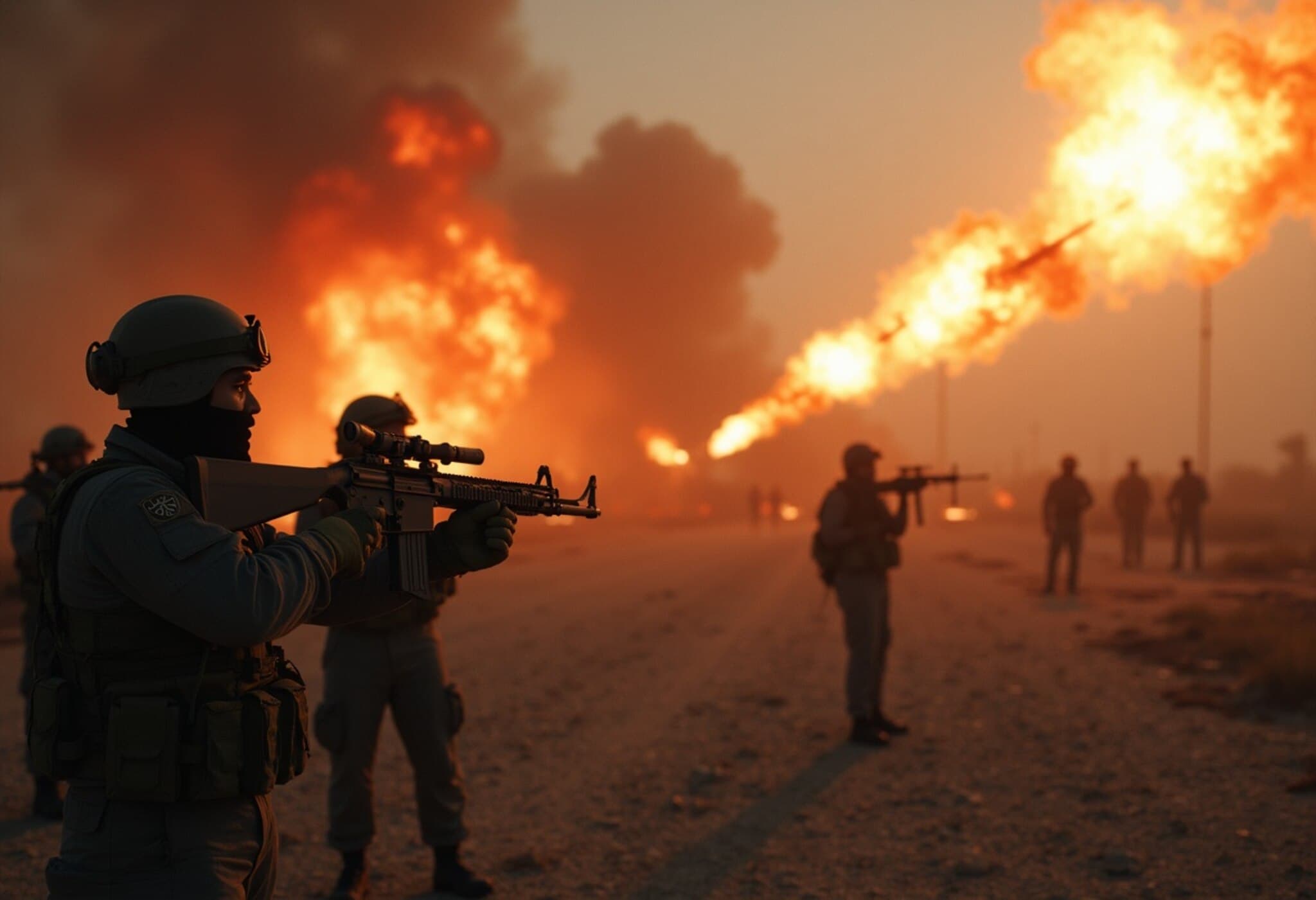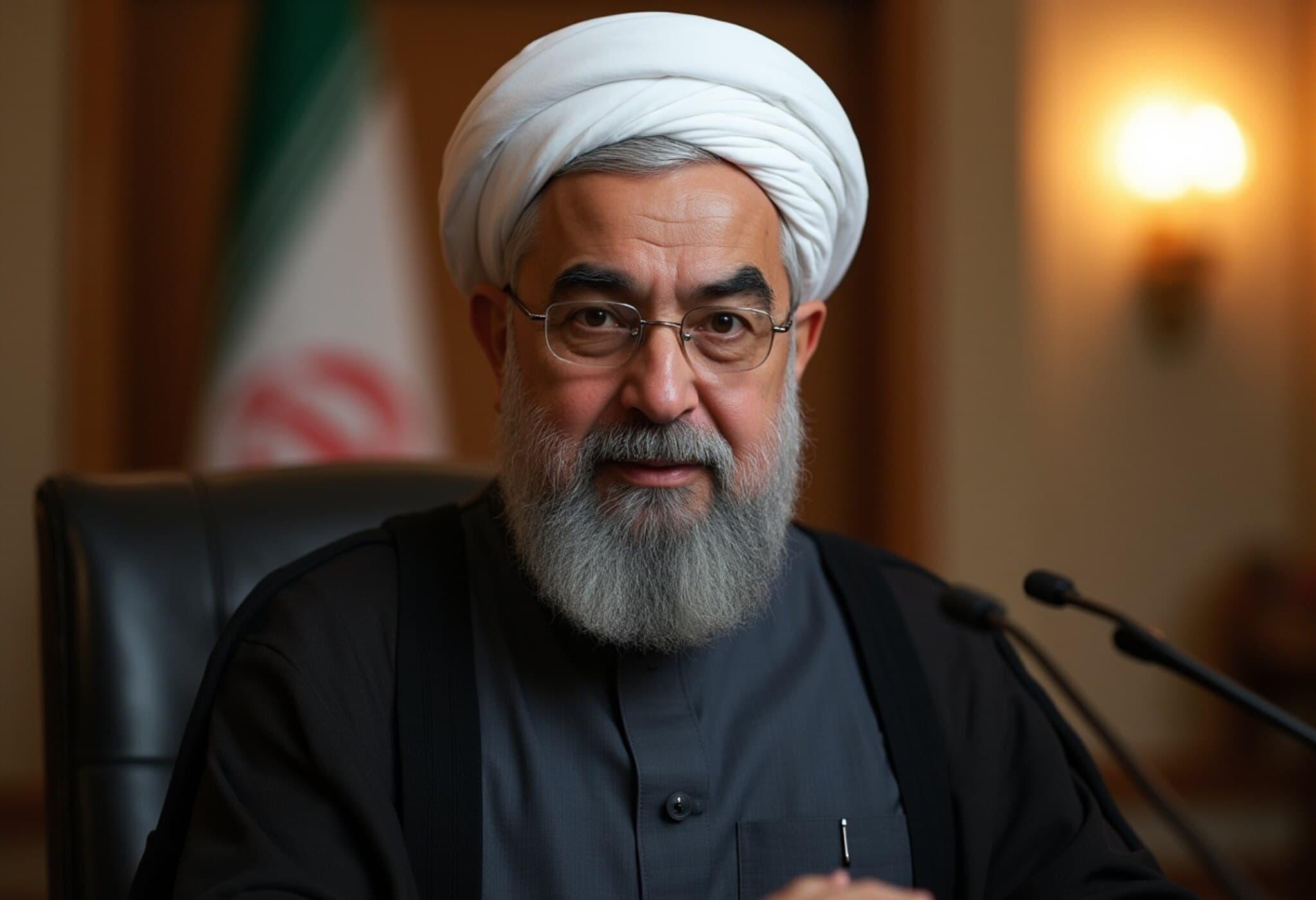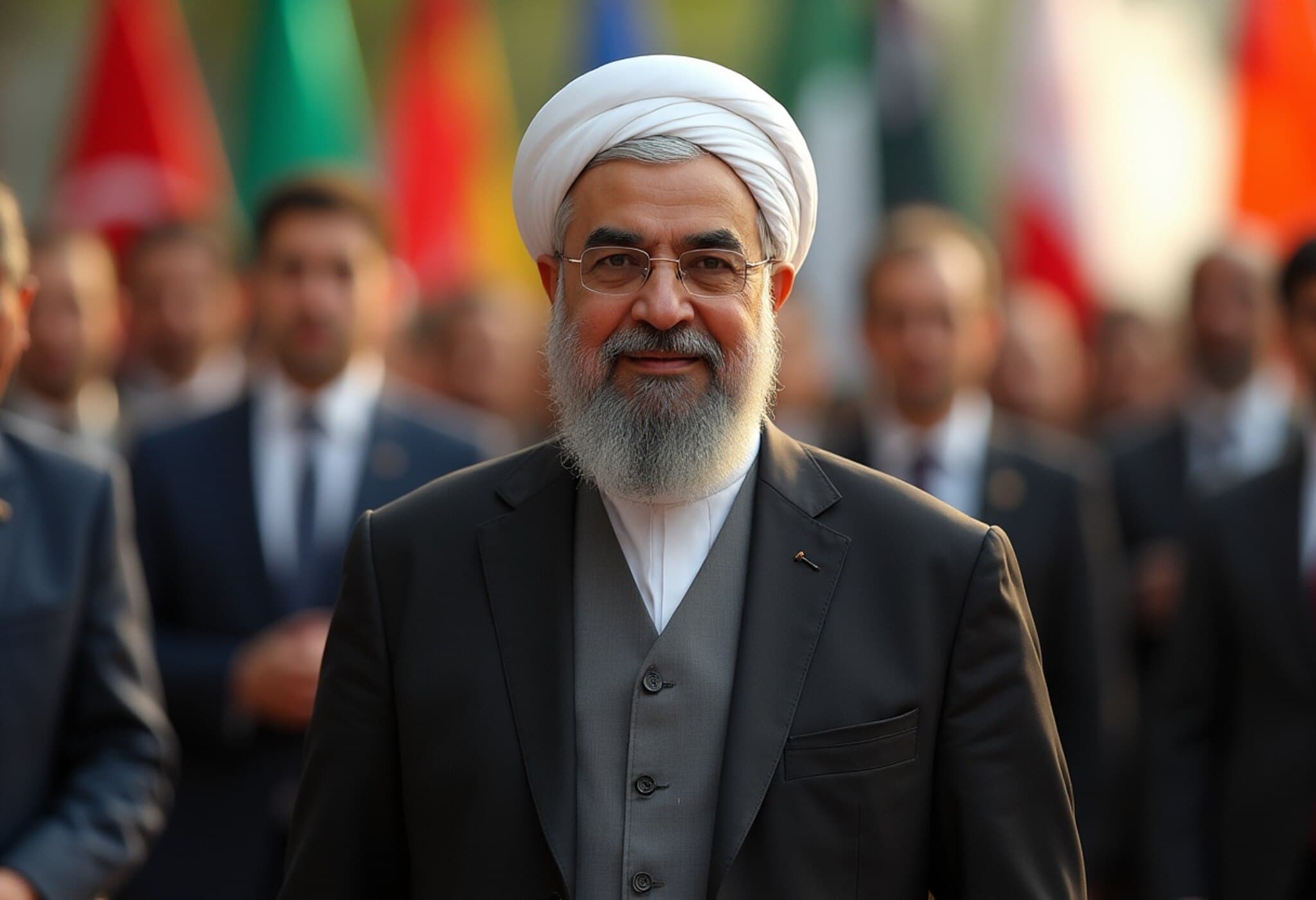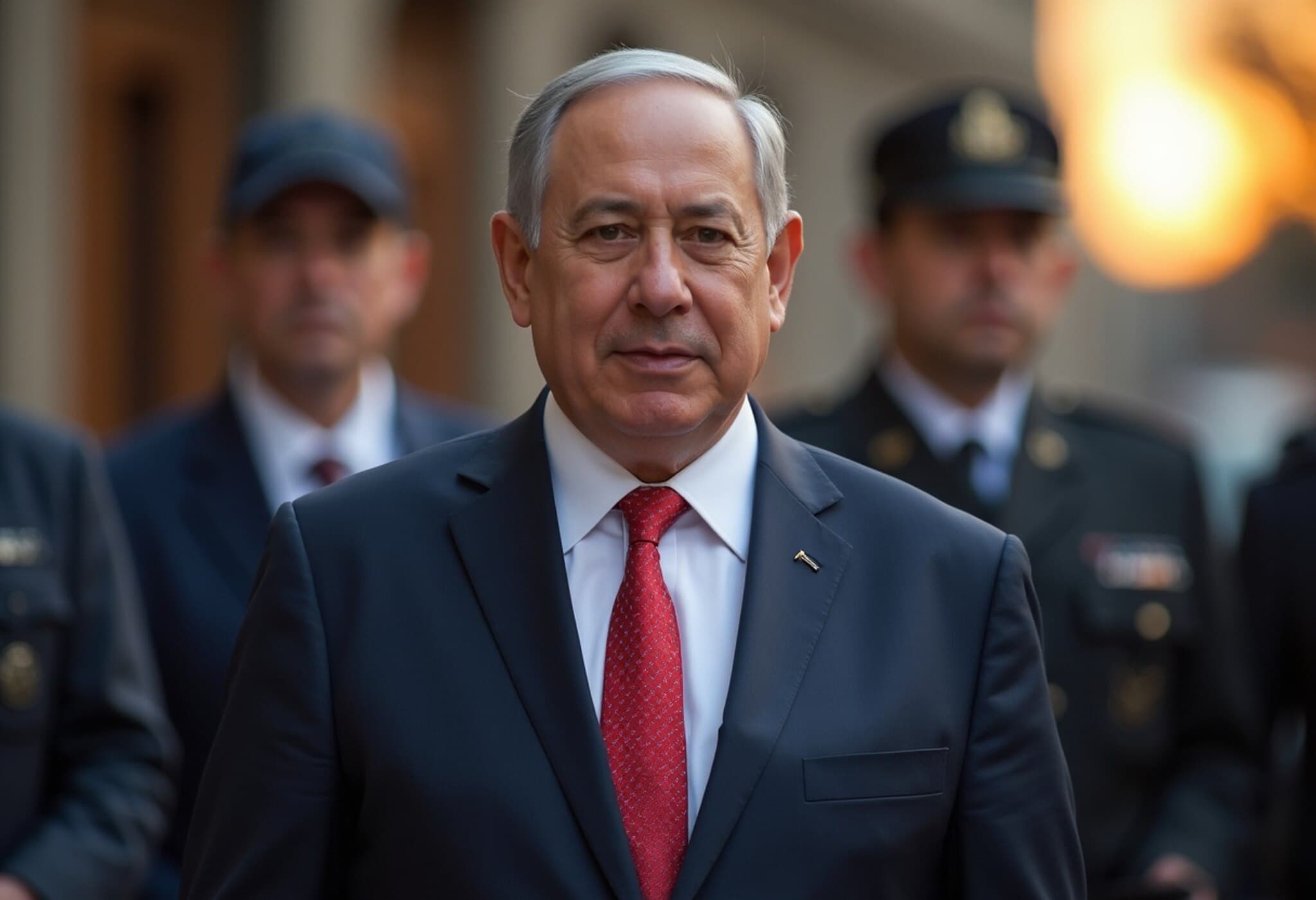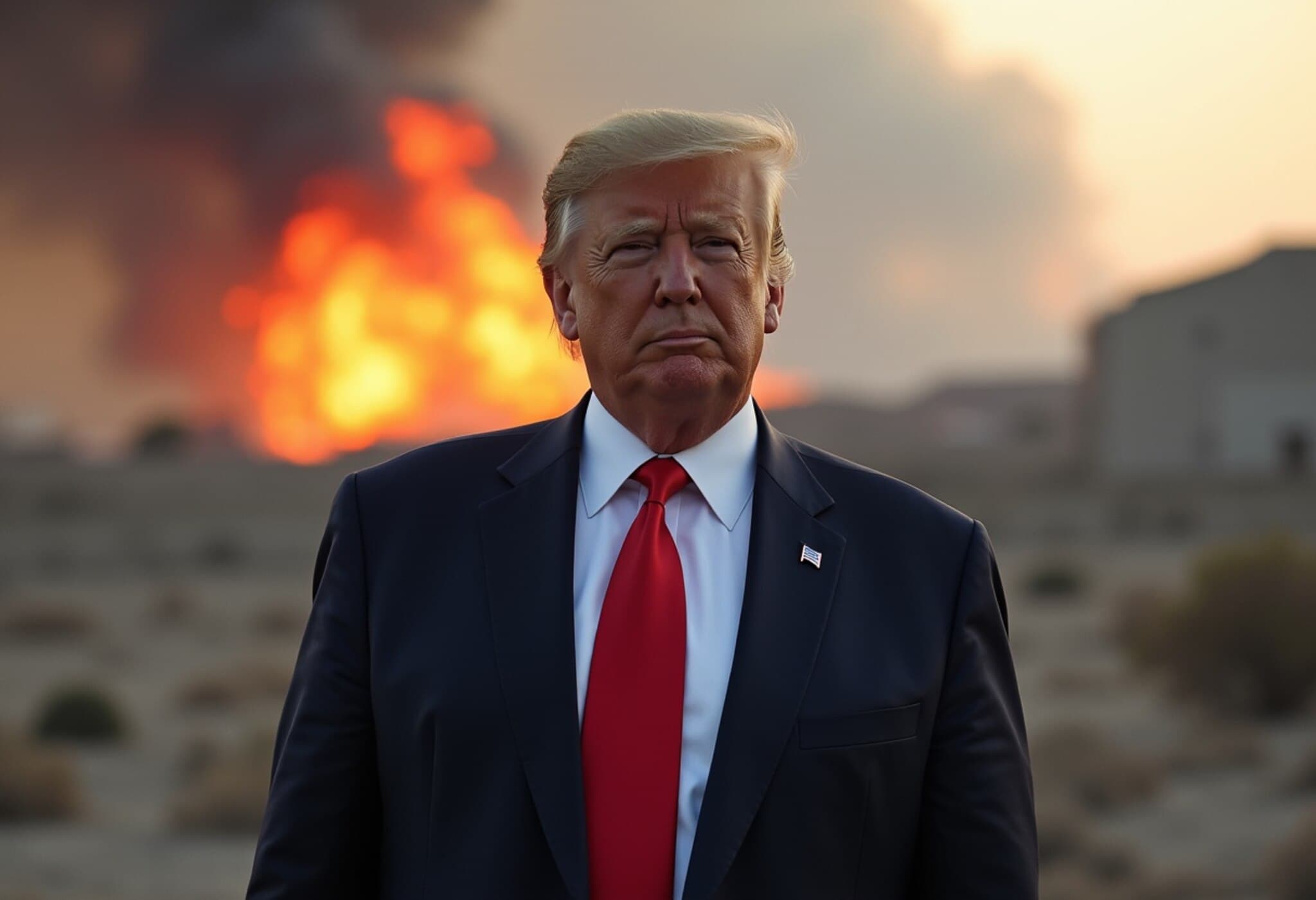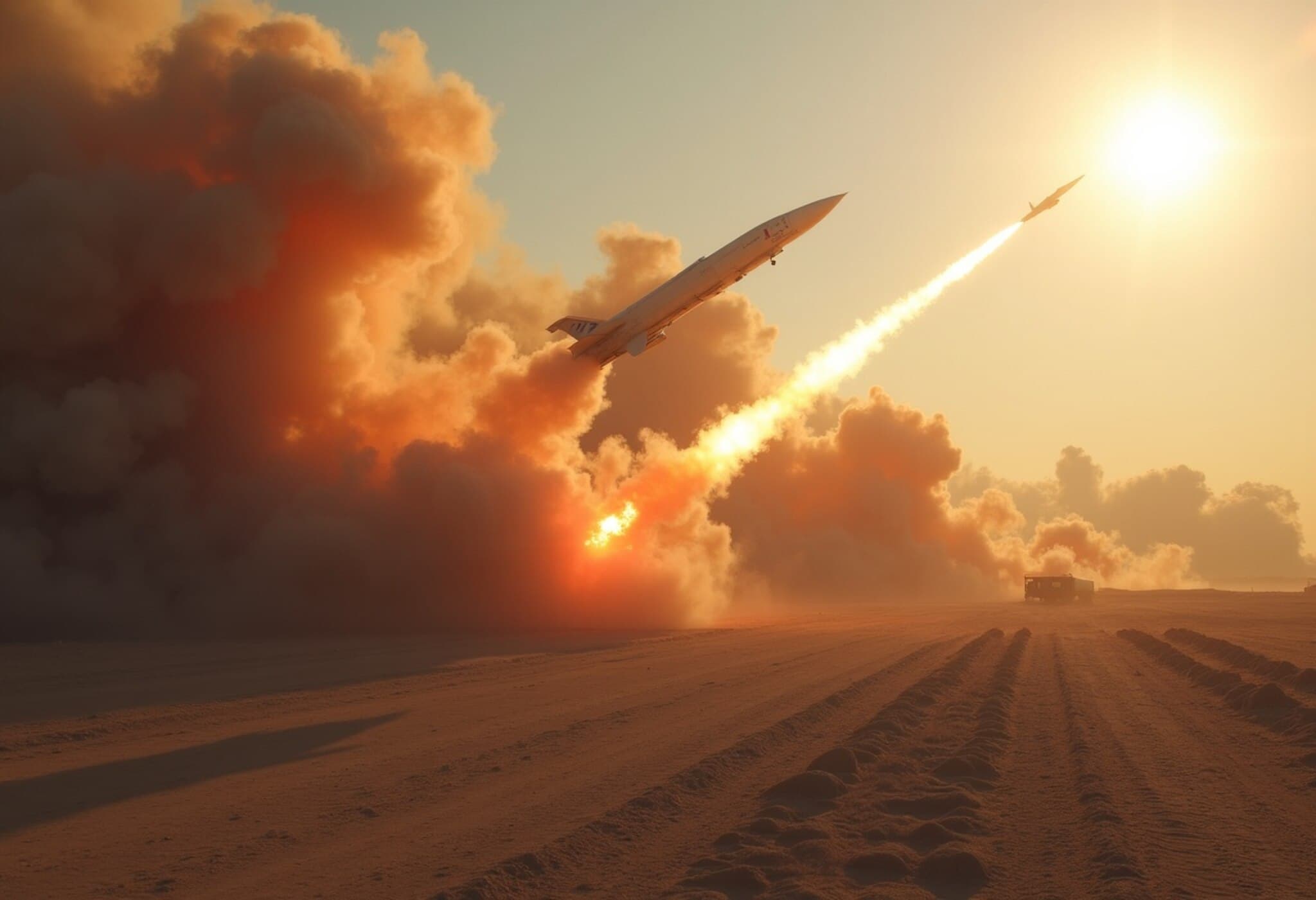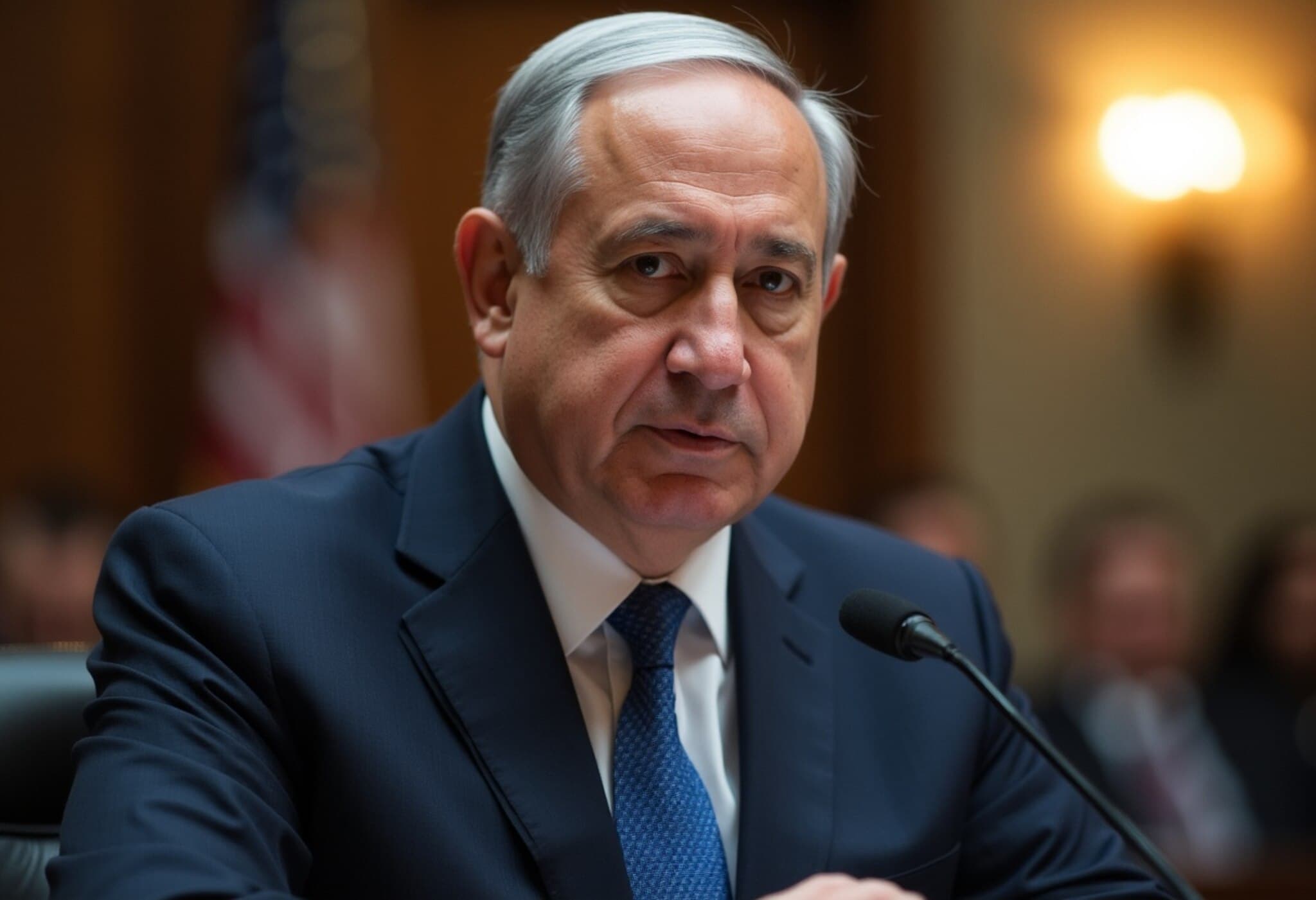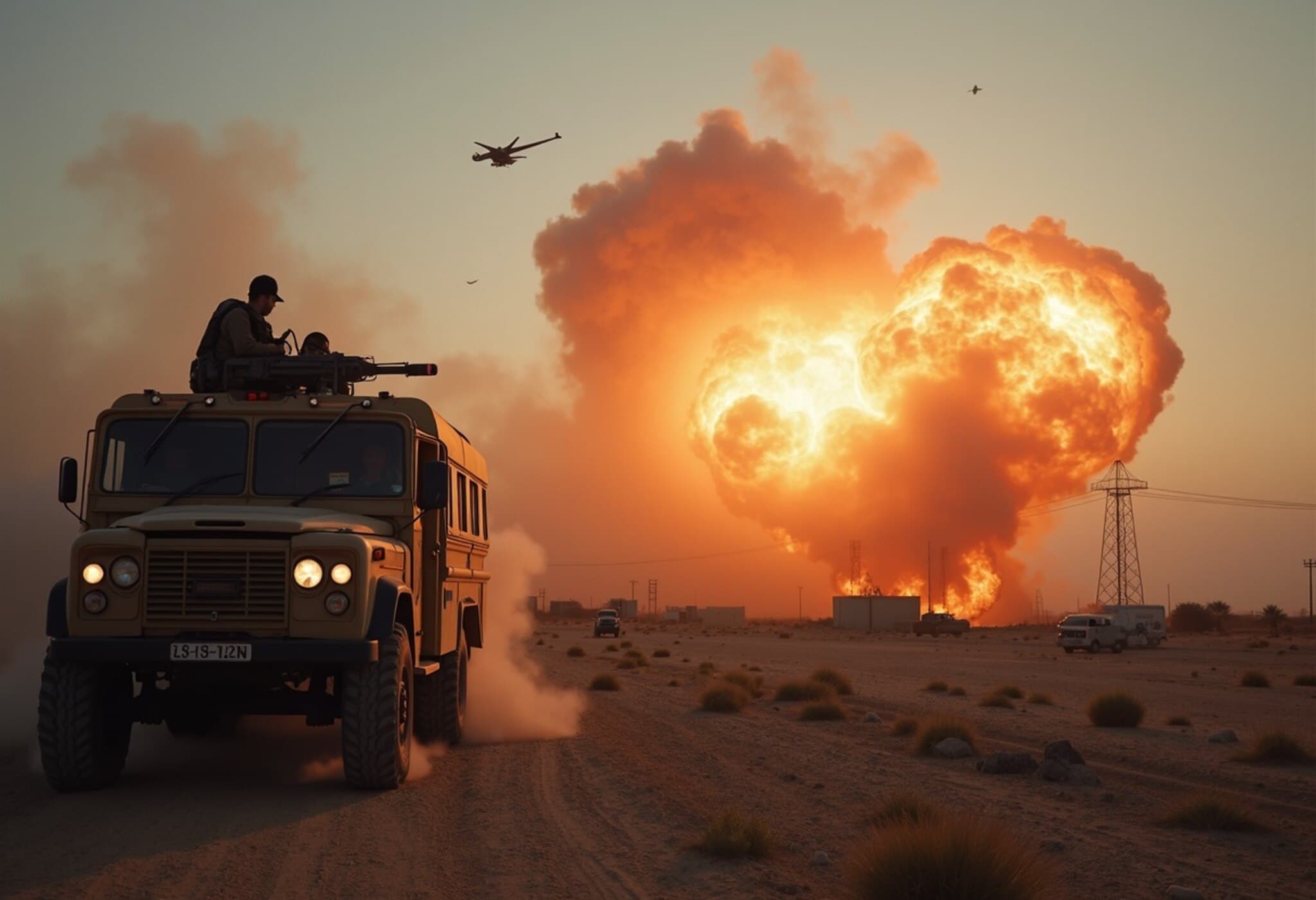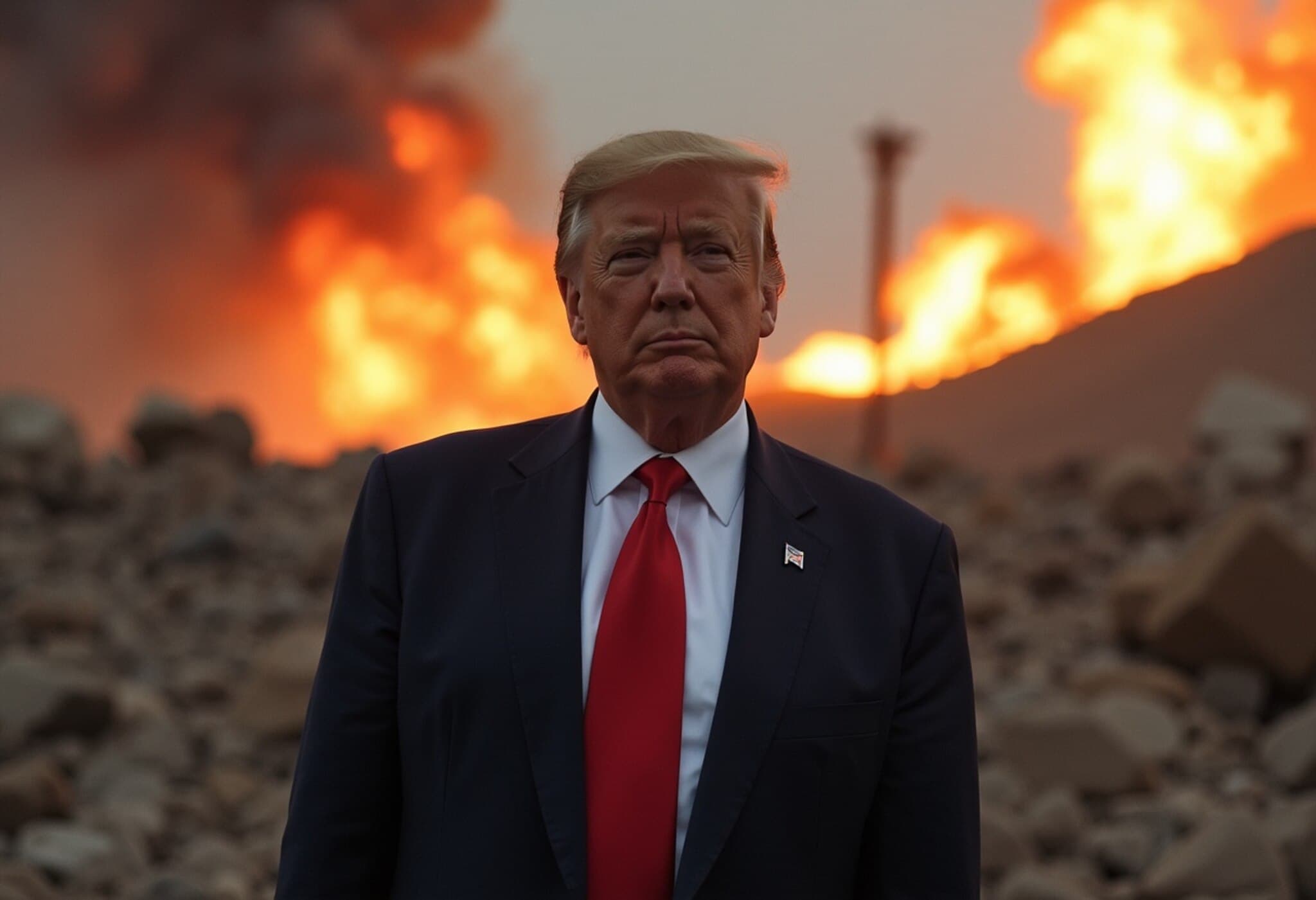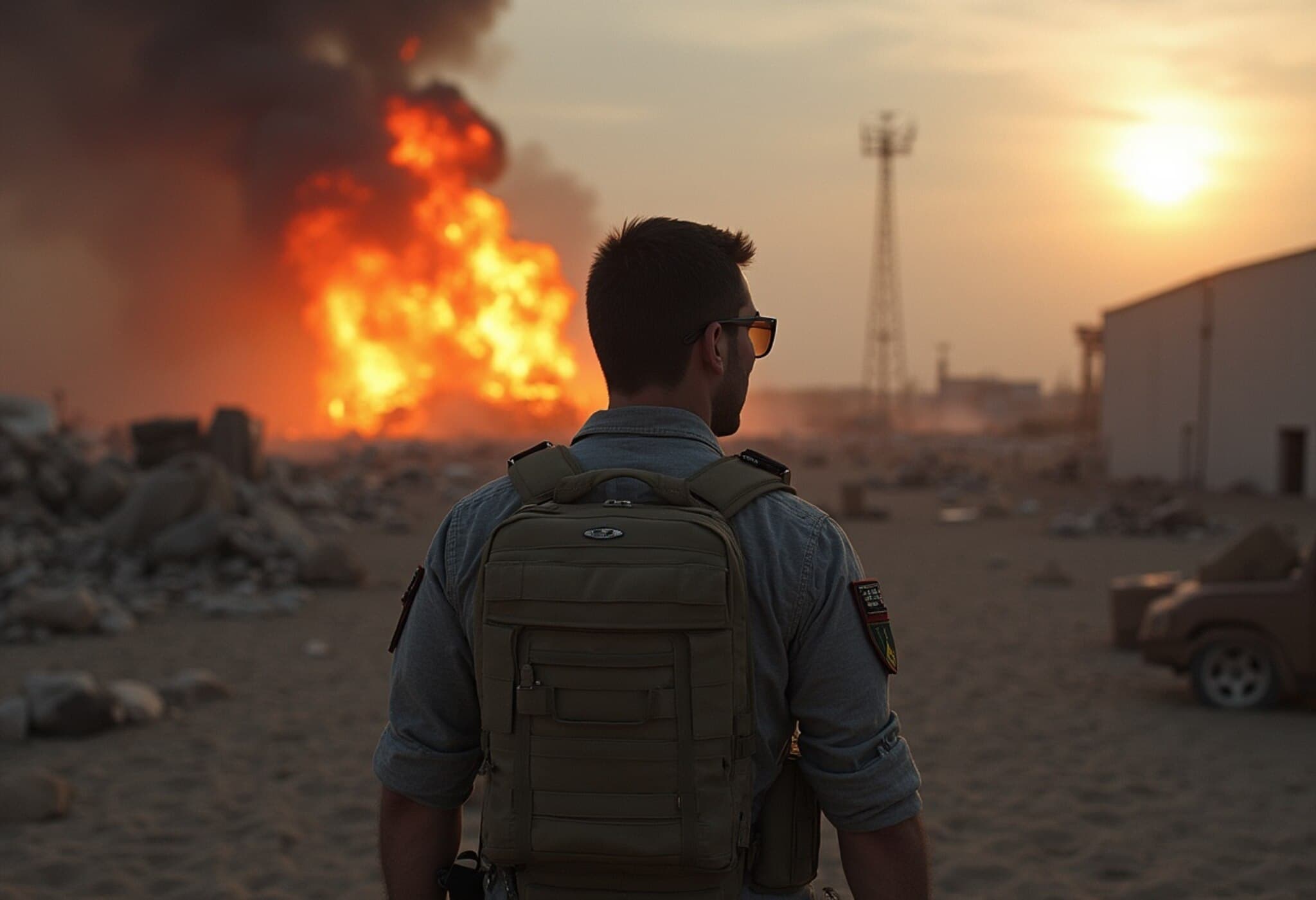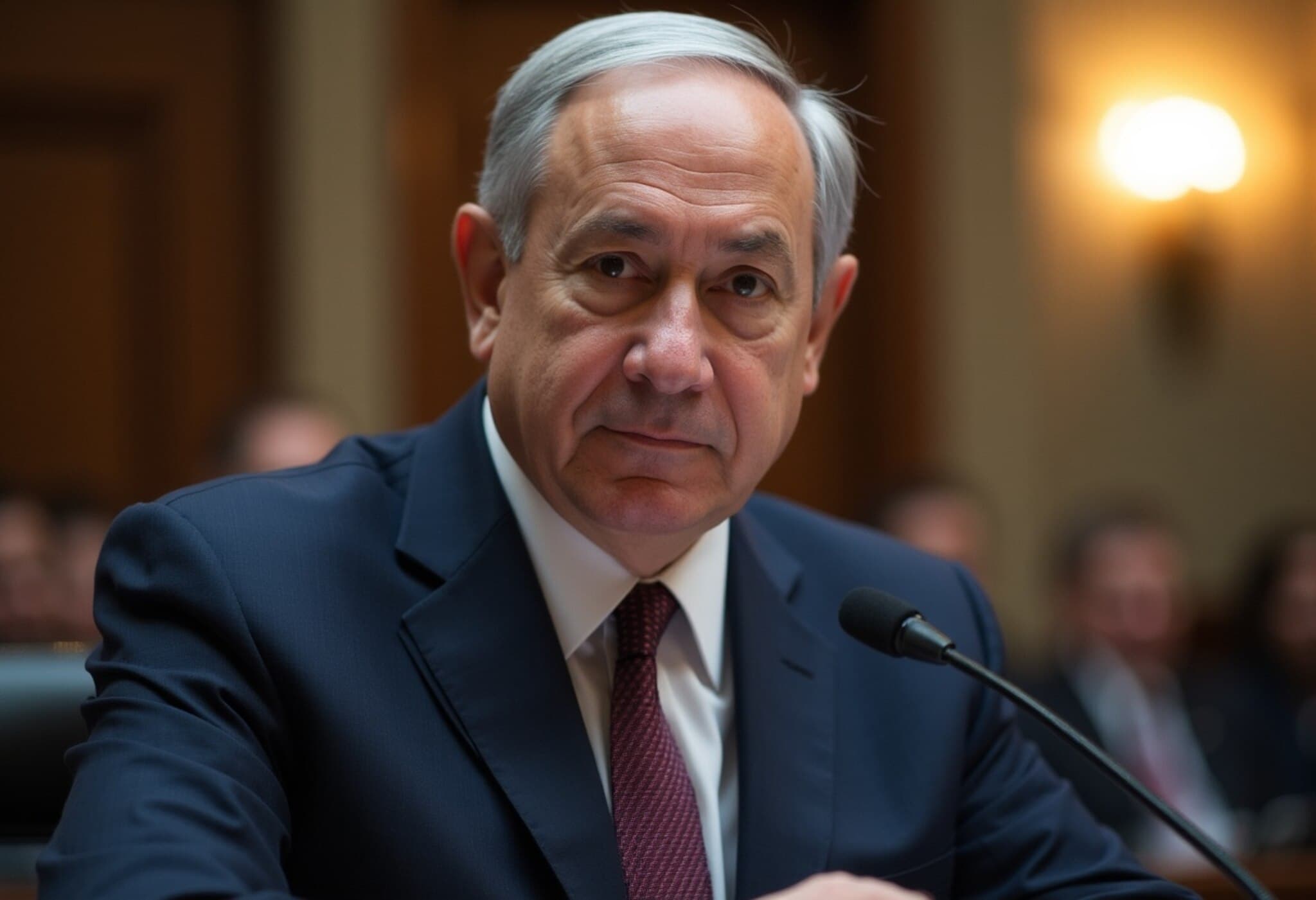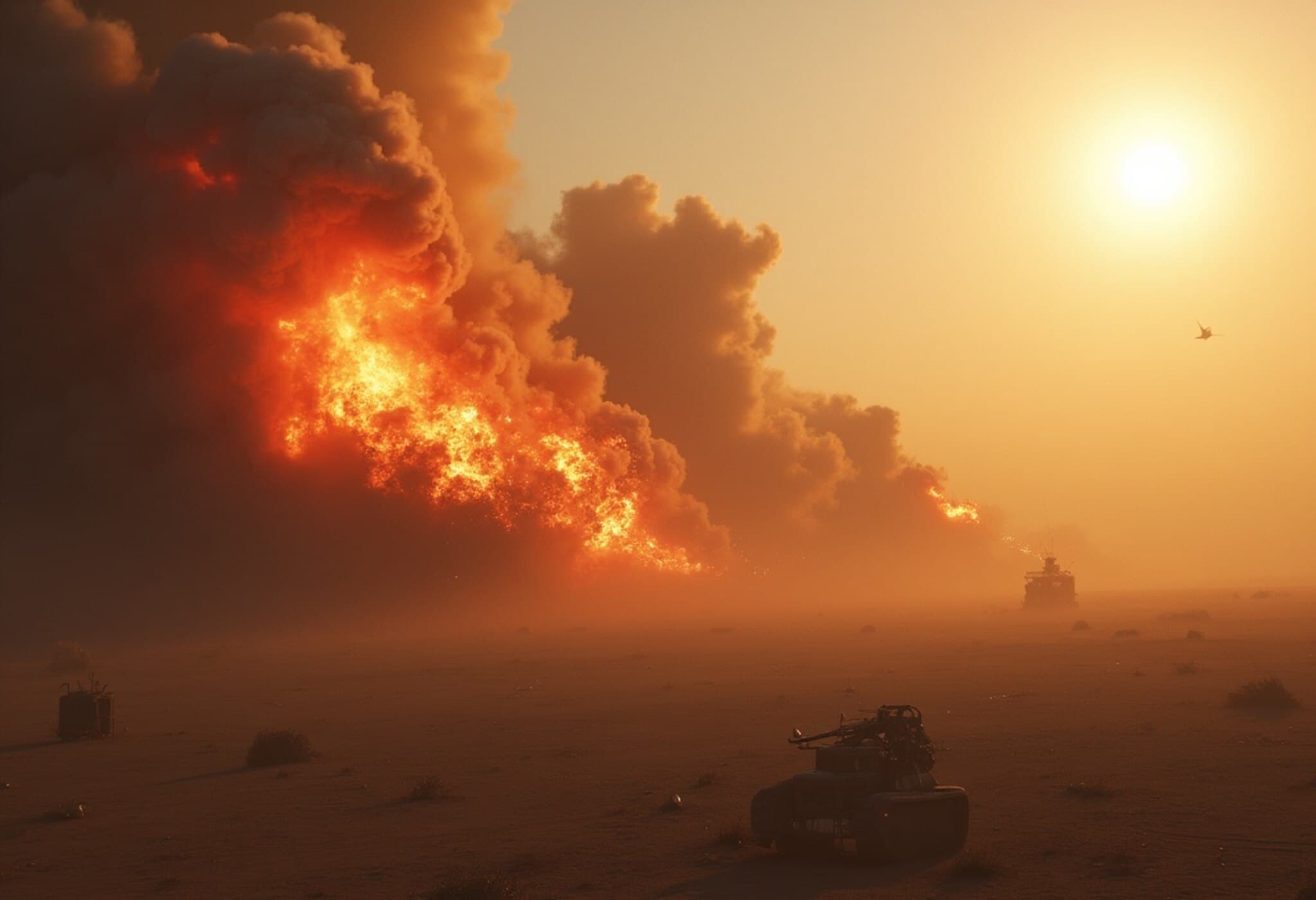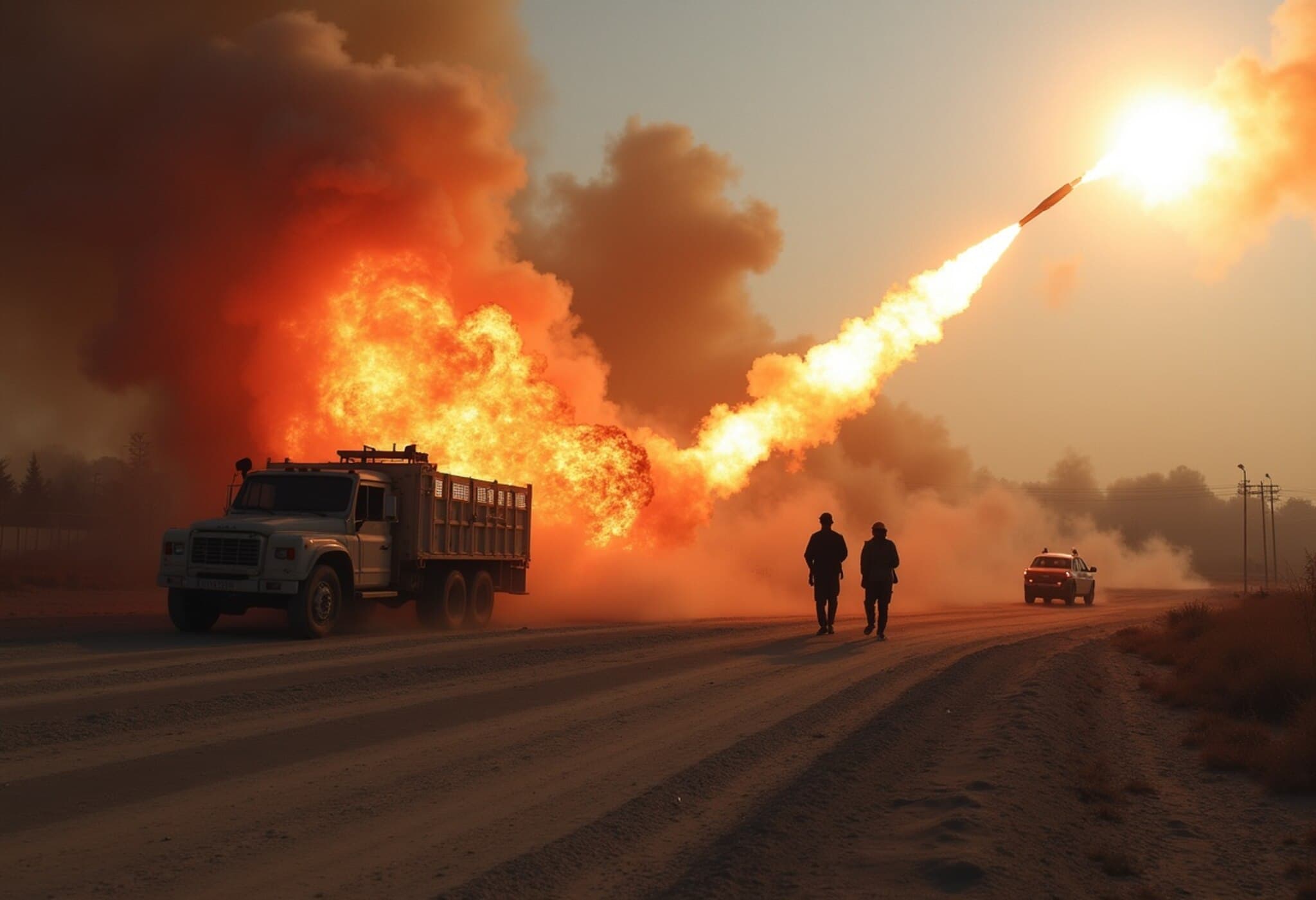A Covert Operation That Changed the Game
In the pre-dawn hours of January 31, 2018, a select team of Mossad agents executed one of the most audacious intelligence operations in recent history. Deep in southern Tehran, they infiltrated a nondescript warehouse that housed Iran’s nuclear archive. Over the course of 6 hours and 29 minutes, they extracted a staggering haul of 50,000 pages and 163 CDs packed with blueprints, technical schematics, photographs, and secret memos detailing the country’s nuclear weapons program.
Precision and Preparation: A Mission Years in the Making
This meticulously planned raid was the result of a year-long surveillance campaign. The agents had laser-focused intelligence on guard rotations, alarm systems, and safe locations. Armed with specialized torches capable of melting through 32 heavy safes, they prioritized binders related to Iran’s bomb designs and warhead development—though some safes remained untouched, adding to the mission’s intrigue. The total weight of the seized materials amounted to approximately 500 kilograms, making their covert extraction all the more remarkable.
The Fallout: Revealing Iran’s Nuclear Ambitions
Three months later, the Israeli Prime Minister dramatically unveiled the cache before the world, accusing Tehran of concealing the true extent of its nuclear weapon development. These documents shed light on Project Amad, Iran’s suspected nuclear weapons initiative, showing evidence of secret explosive testing, warhead miniaturization, and blueprints to fit nuclear payloads into Shahab-3 missiles.
The revelations played a pivotal role in influencing international politics, contributing to the United States’ decision to withdraw from the 2015 Iran nuclear deal. Independent intelligence critics affirmed the authenticity and seriousness of the seized materials, confirming the documents unveiled a more advanced nuclear program than previously acknowledged.
What Iran Said and the Shadow War That Followed
Iran swiftly dismissed the archive as fabricated; however, the depth of the evidence was hard to ignore. Key files referenced uranium deuteride, a substance essential in nuclear triggering mechanisms, and indicated clandestine testing at sensitive sites like the Parchin military base. The documents also documented Iranian efforts to preserve nuclear knowledge after 2015, covertly relocating sensitive materials and obstructing international inspectors.
In the years that followed, several Iranian nuclear scientists died under mysterious circumstances, including notable figures like Masoud Ali Mohammadi. While Israel has never openly claimed responsibility, such incidents often bear hallmarks of targeted intelligence operations. Tensions escalated on multiple fronts, with Iran responding through cyberattacks, assassinations of Israeli diplomats, and proxy conflicts across the Middle East.
June 2025: From Shadows to Open Conflict
Fast forward to June 13, 2025—years after the archive theft, decades of covert hostility erupted into overt warfare. Israel launched over 100 air and drone strikes targeting critical Iranian nuclear, military, and intelligence facilities. The assault decimated nuclear enrichment plants, missile stockpiles, and Revolutionary Guard command centers.
The retaliatory barrage from Iran included missiles and drones striking Israeli cities, including civilian zones in Tel Aviv. The conflict has already claimed the lives of at least 224 Iranians and 14 Israelis, with hundreds more wounded on both sides. Despite Israel's formidable Iron Dome air defenses, several missiles penetrated, underscoring the intensity and reach of the confrontation. As the conflict enters its seventh day, both nations remain entrenched in a brutal cycle.
The Bigger Picture
- This 2018 archive theft was not just a covert operation but a turning point shaping Middle East geopolitics for years.
- The stolen secrets fundamentally altered international perceptions of Iran’s nuclear program and prompted decisive political action.
- The ongoing war underscores the long shadow of intelligence battles that simmer beneath open conflict.
Ultimately, the daring Mossad raid is a stark reminder of how silent intelligence victories can set the stage for public confrontations, changing the course of regional security and global diplomacy.

